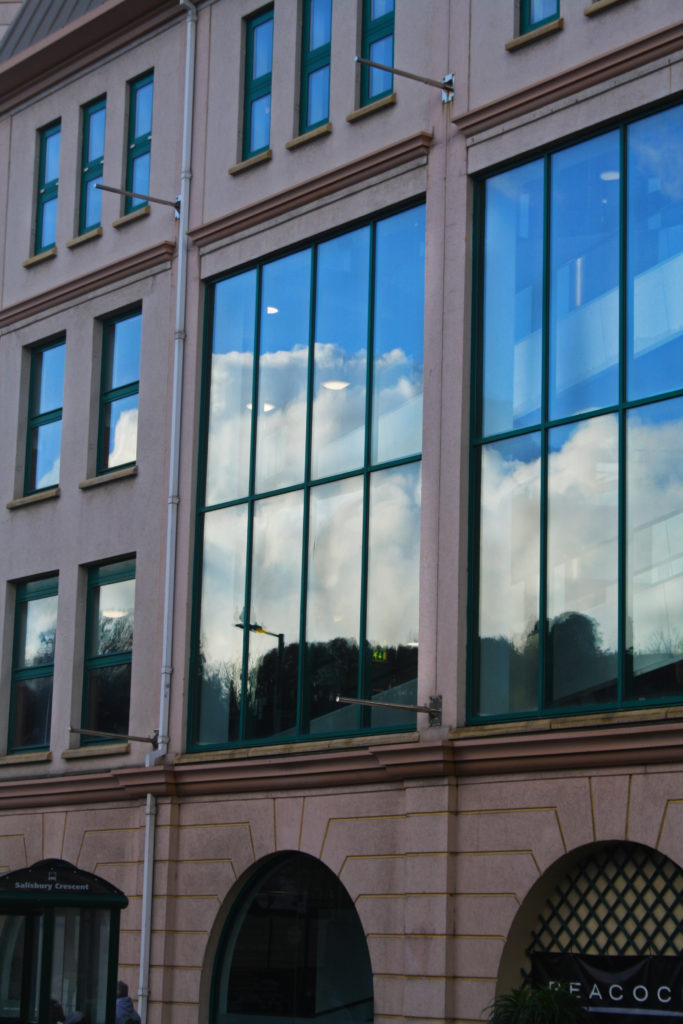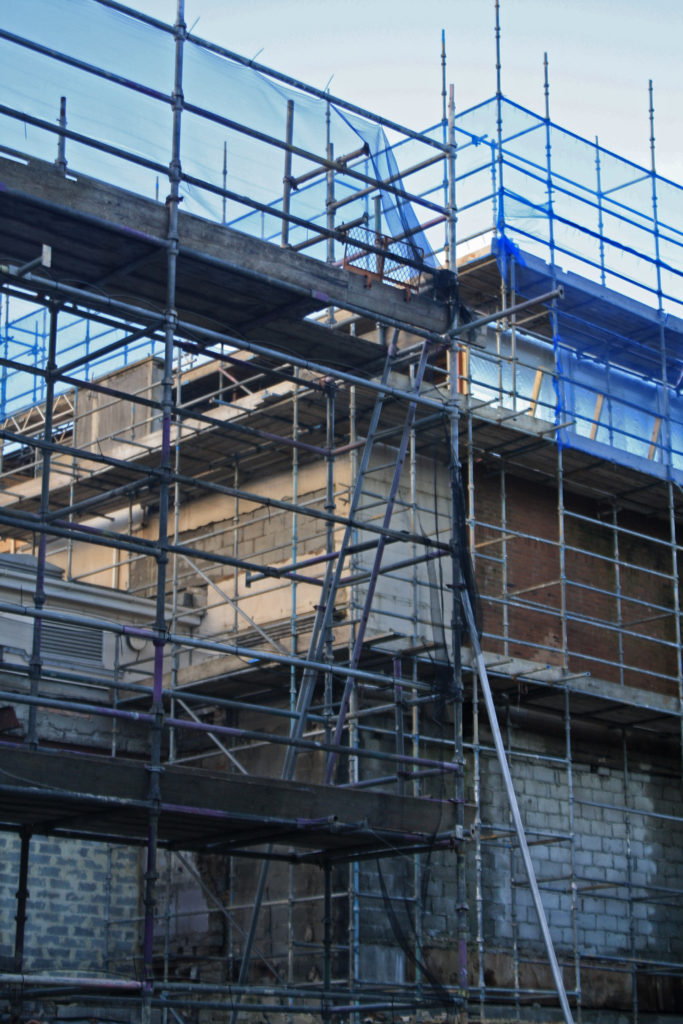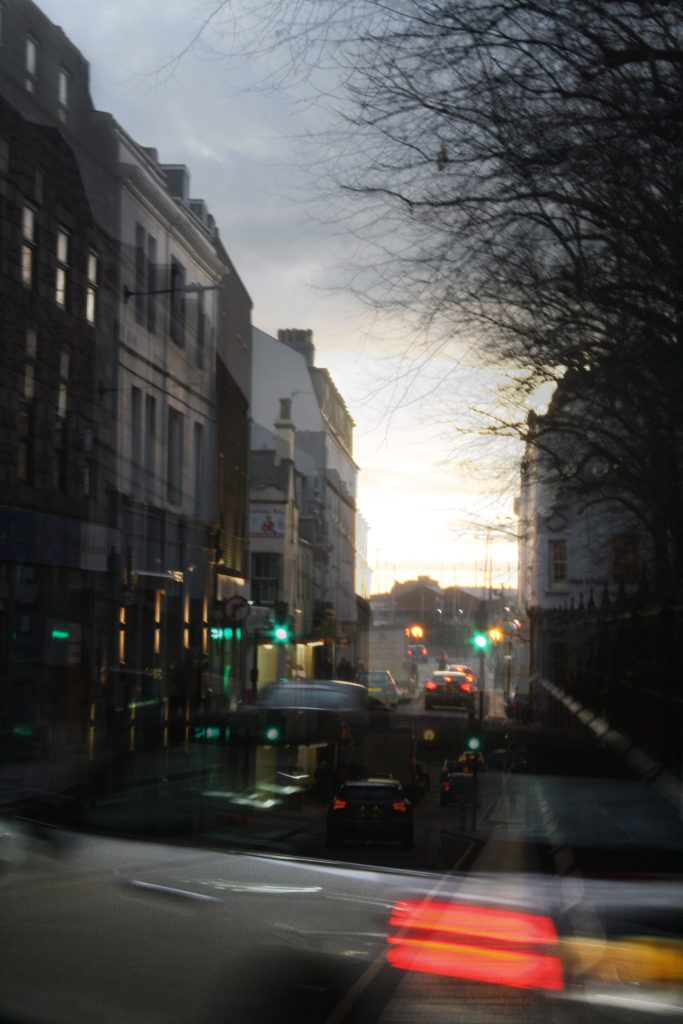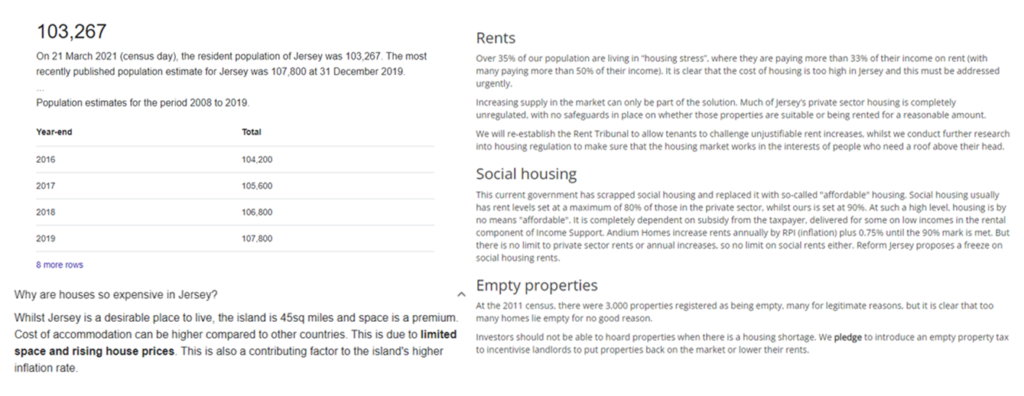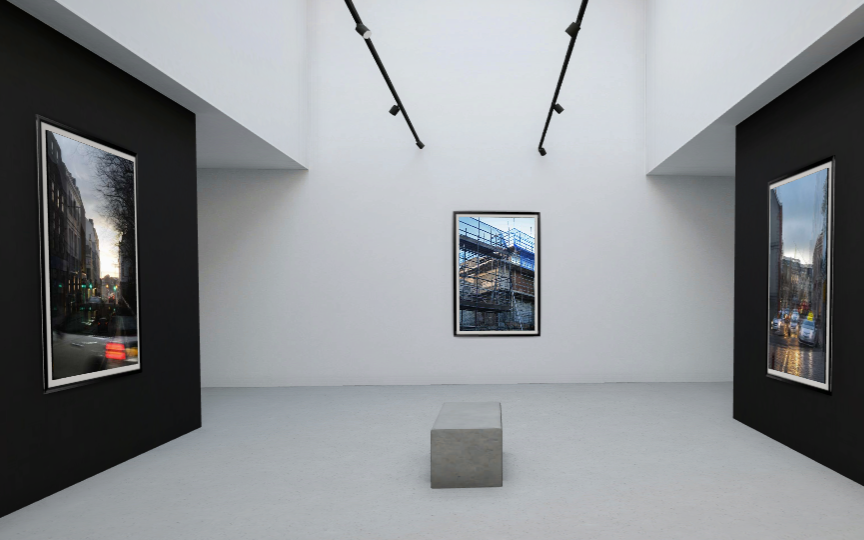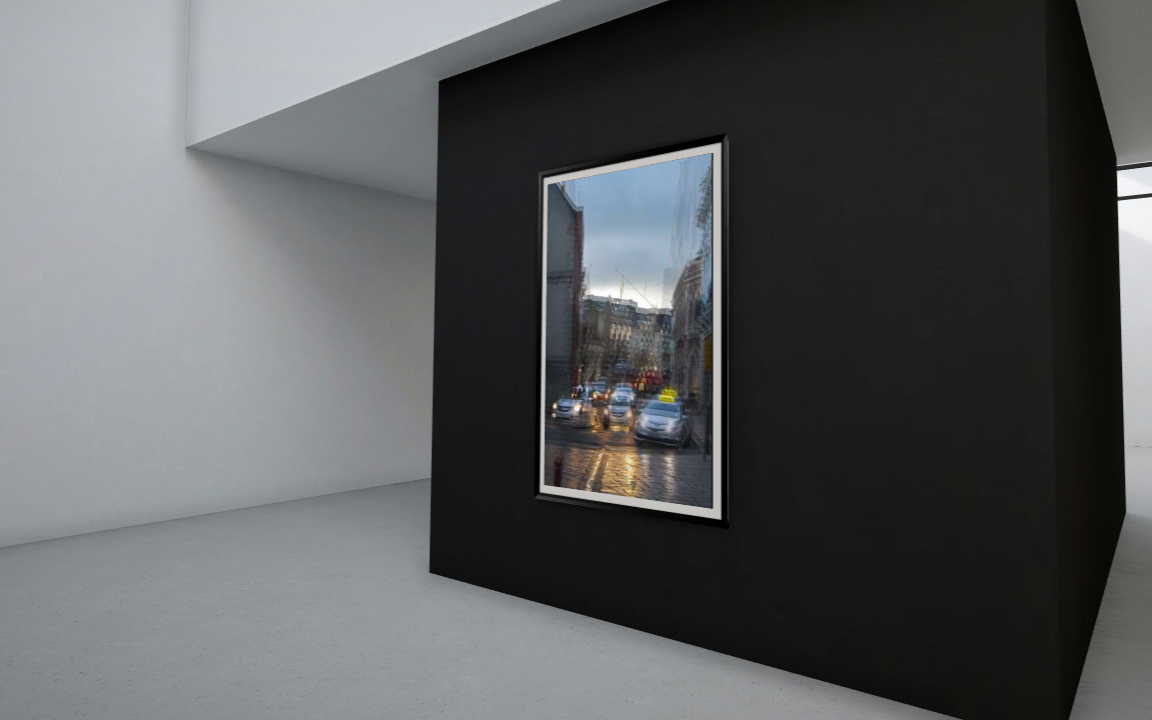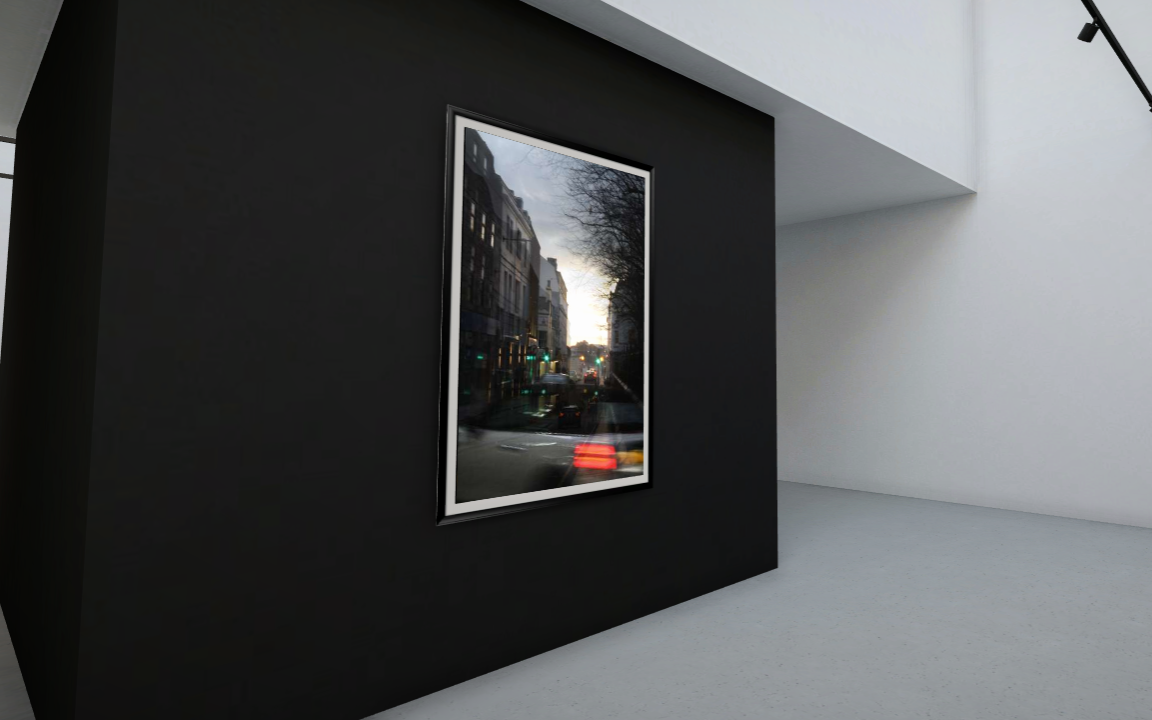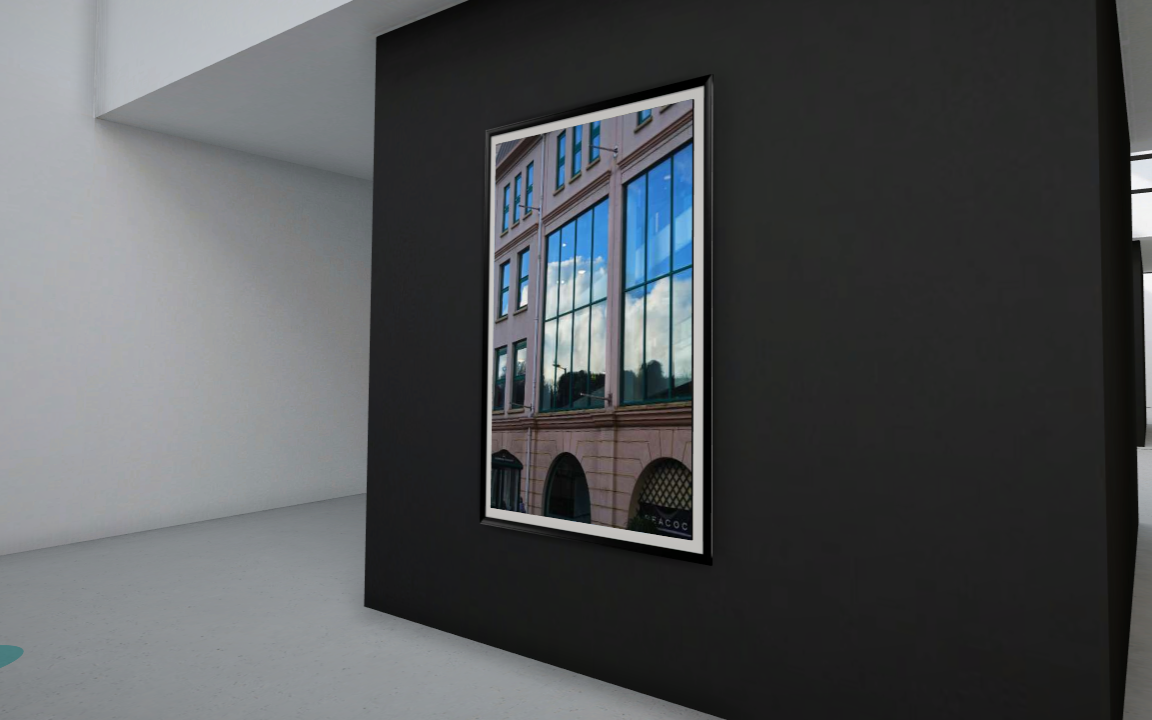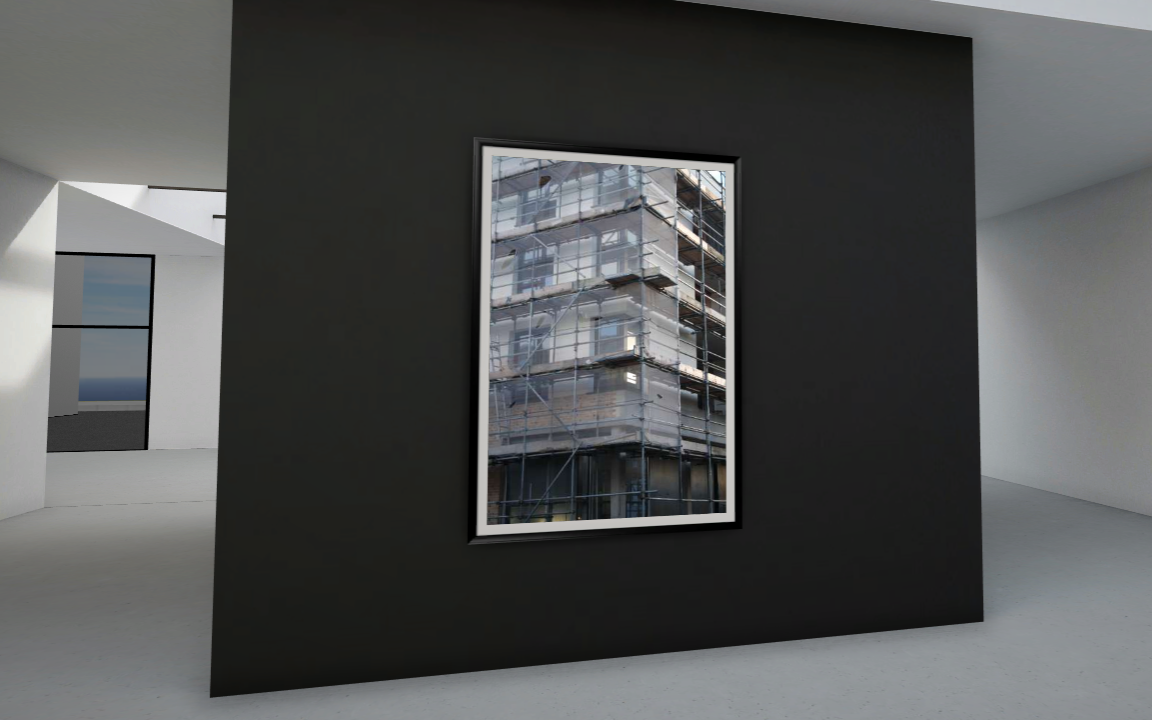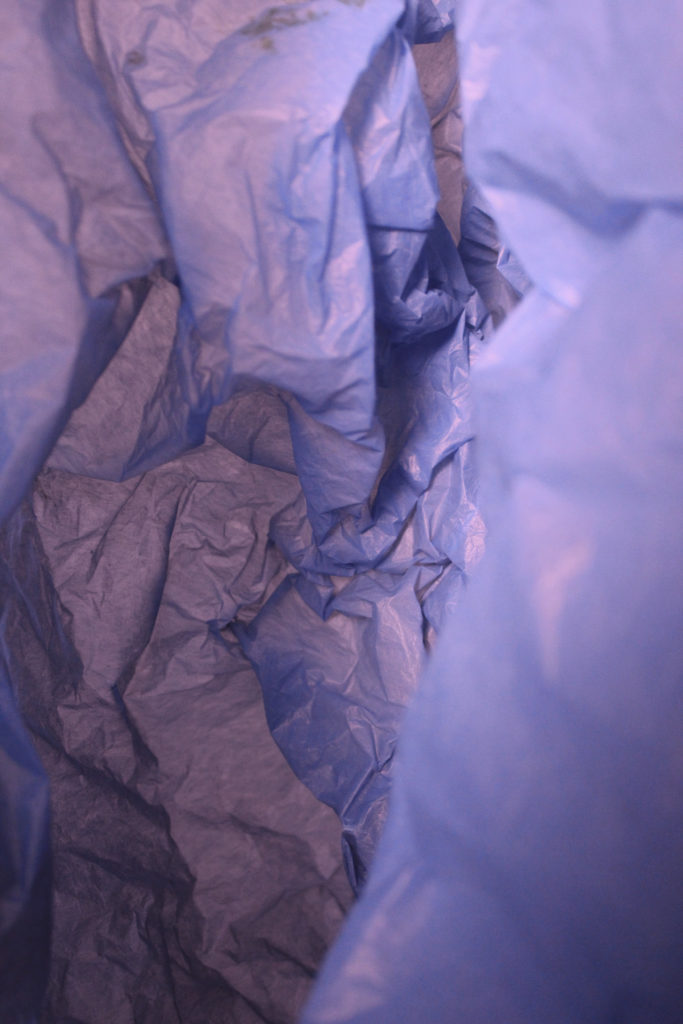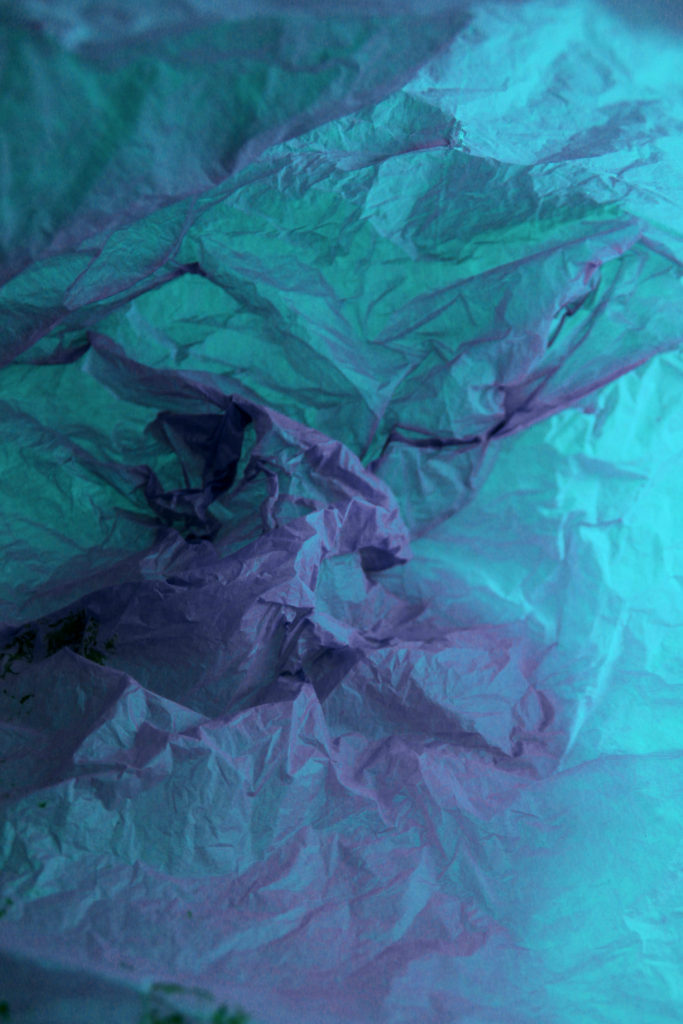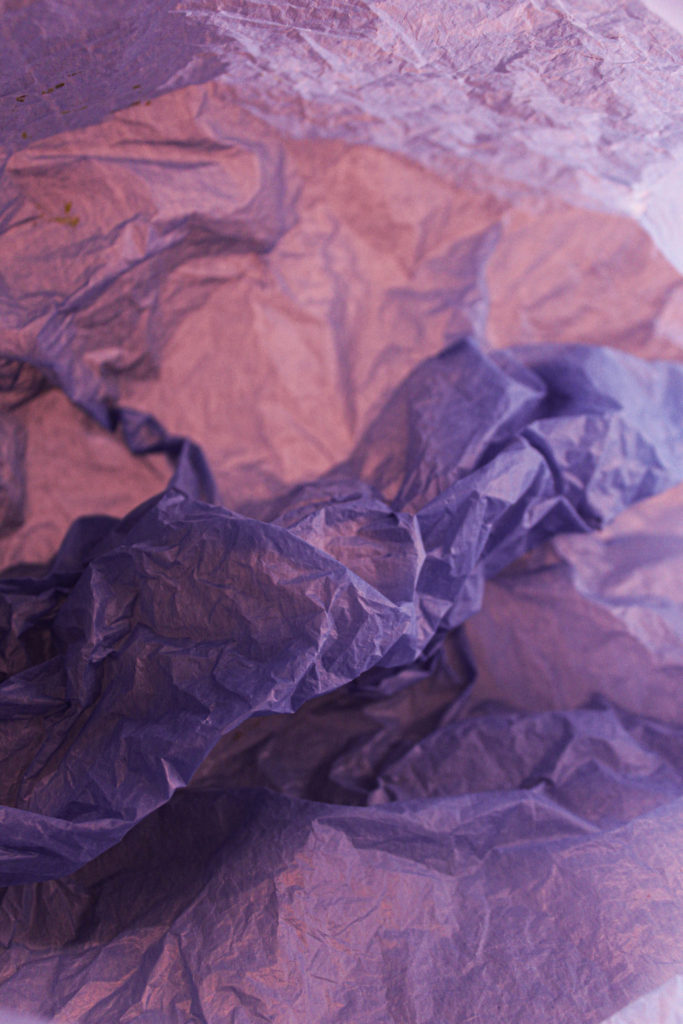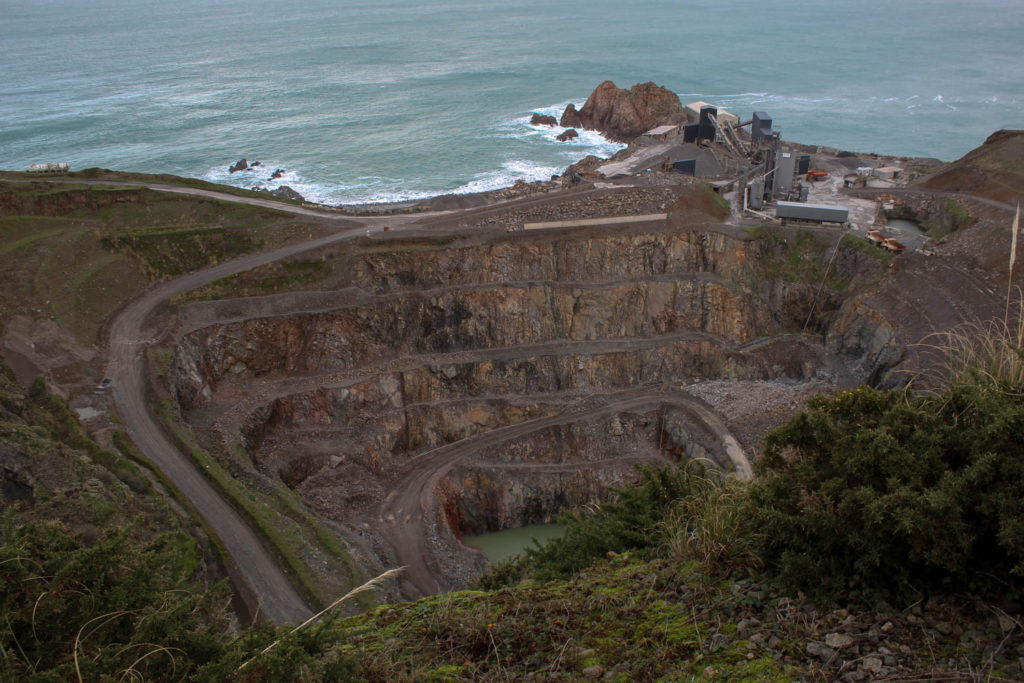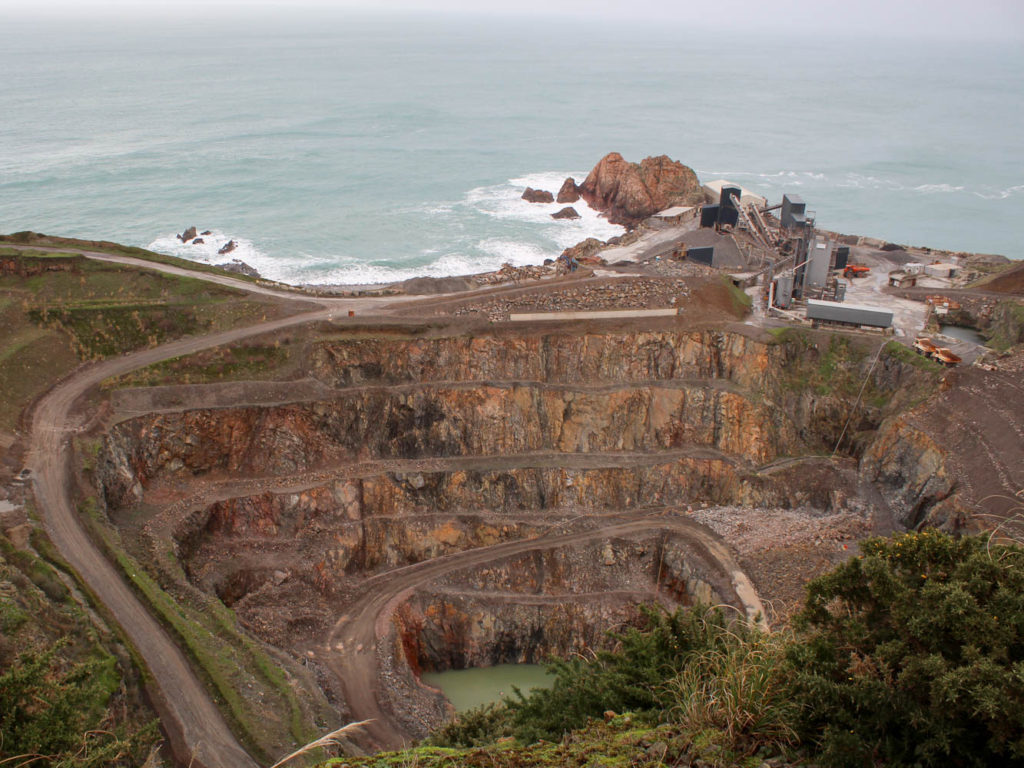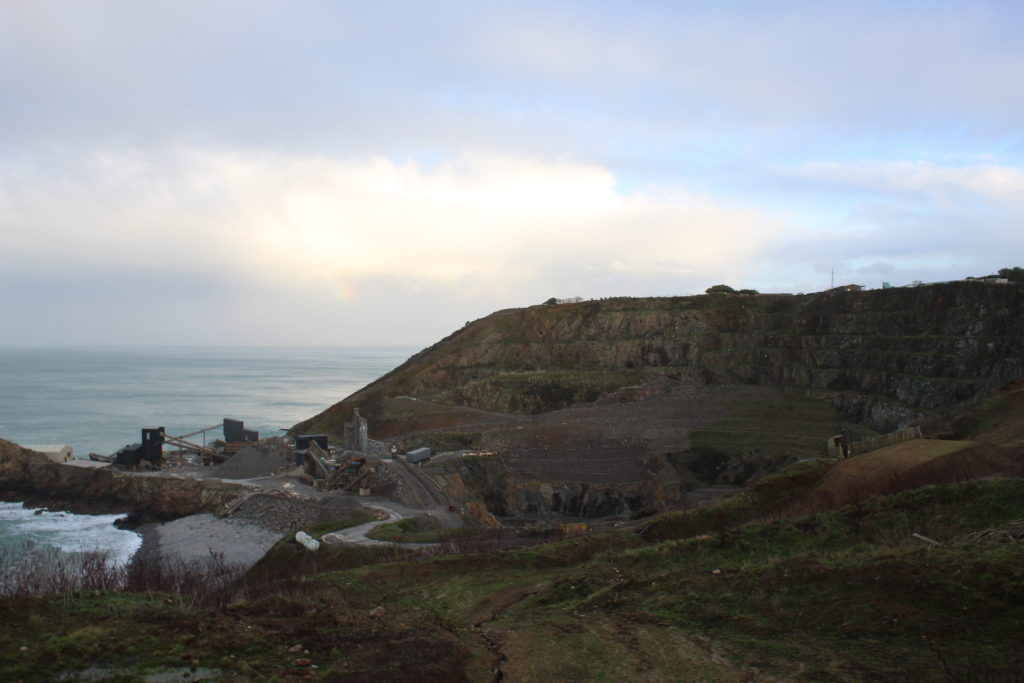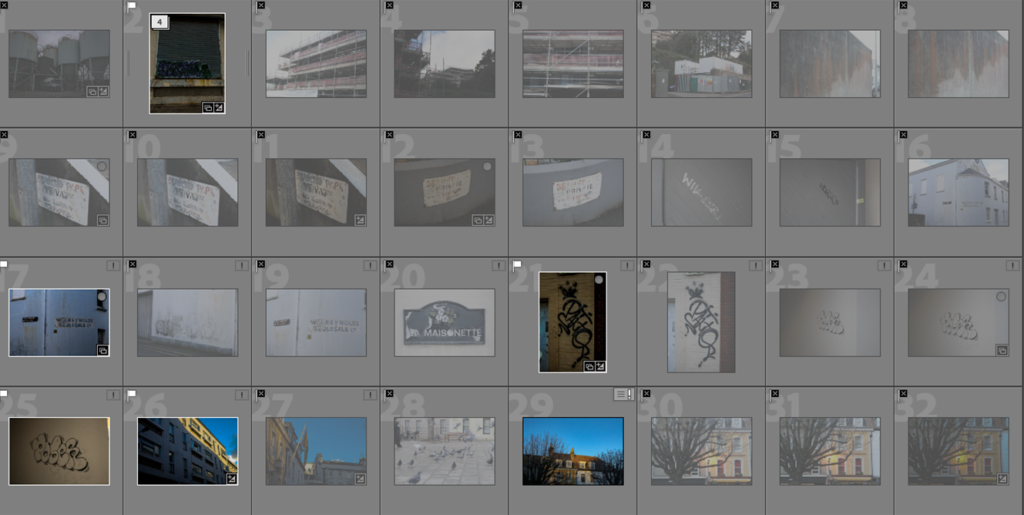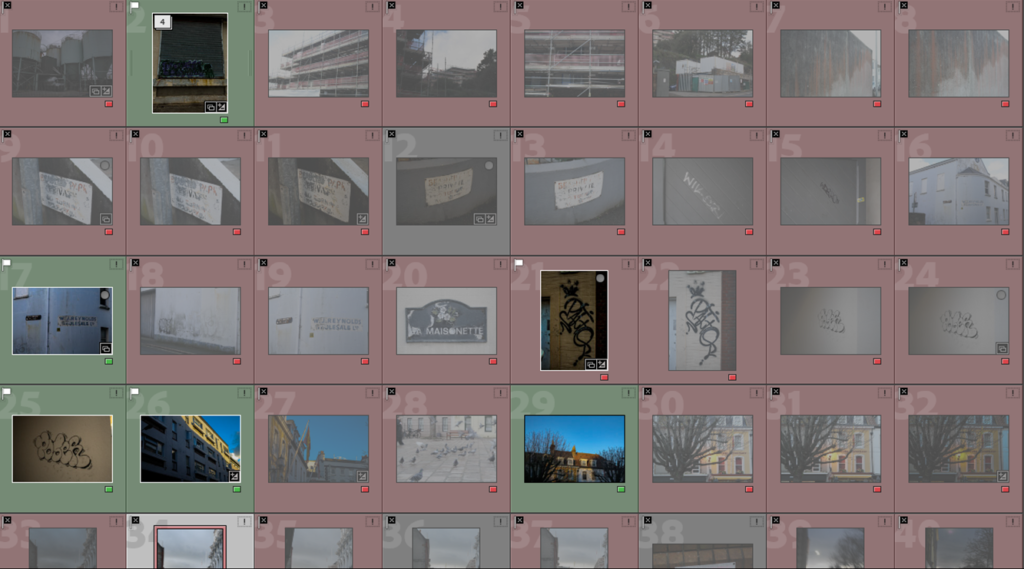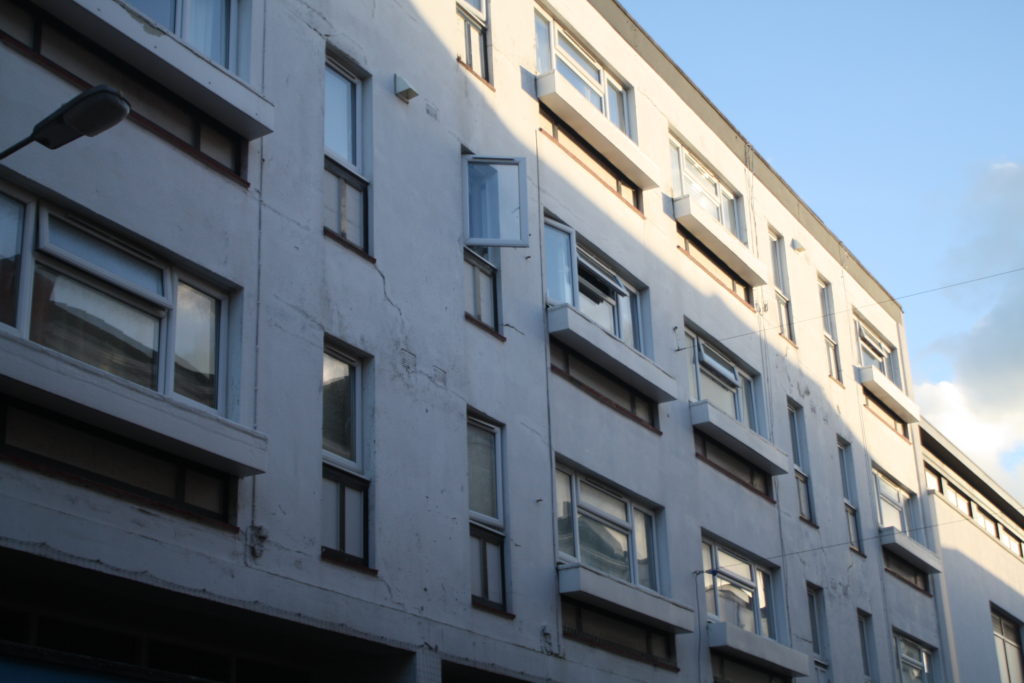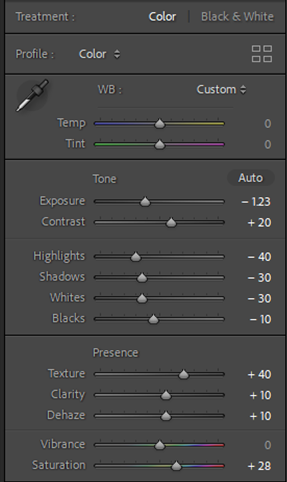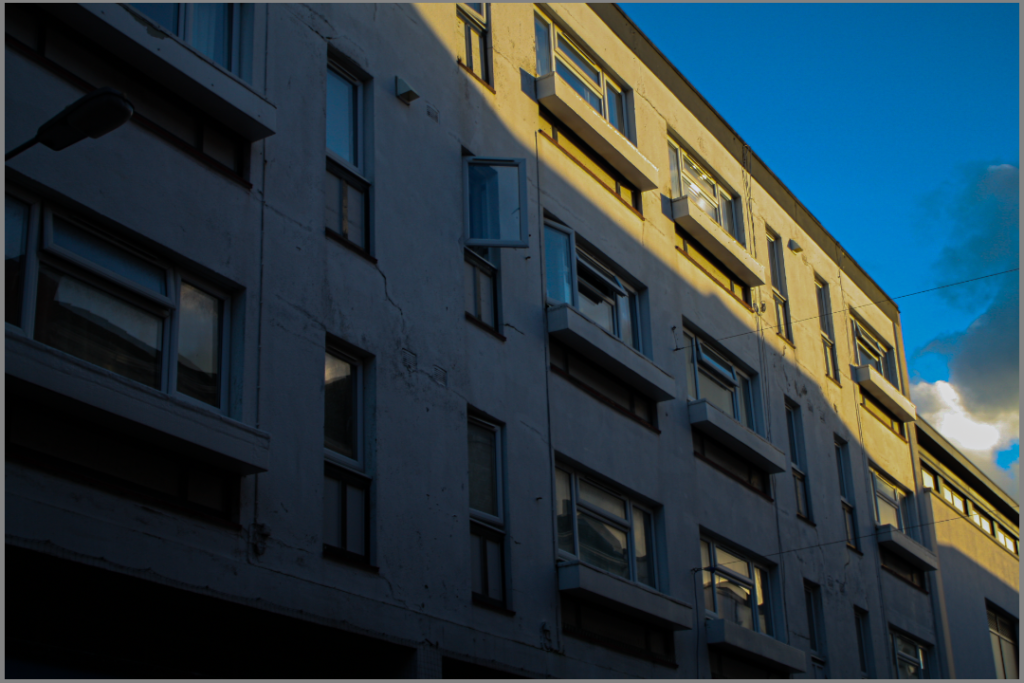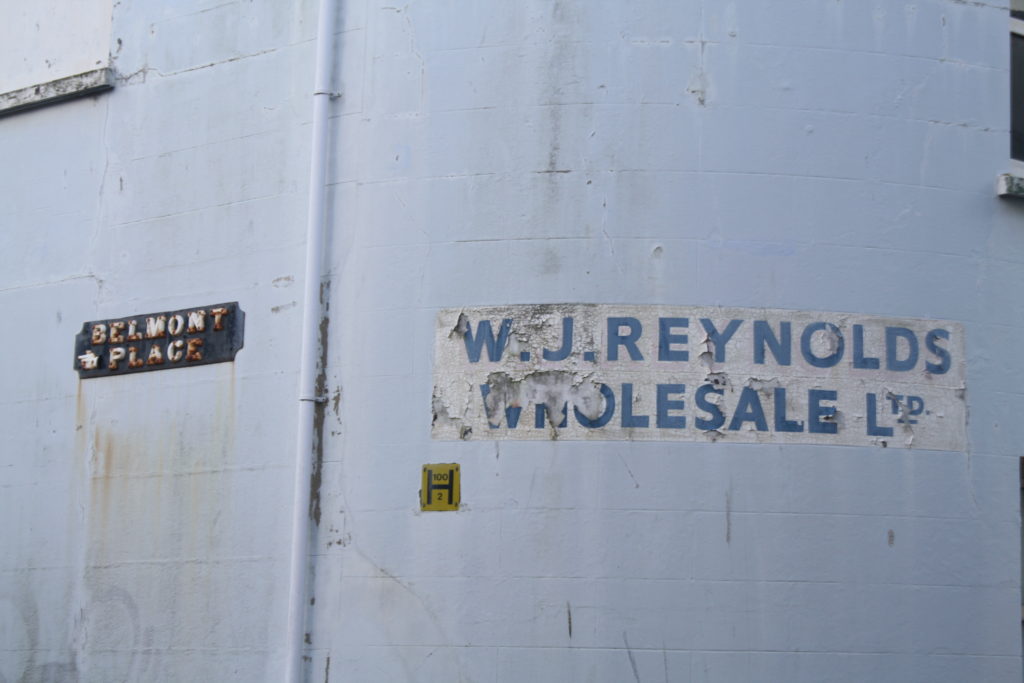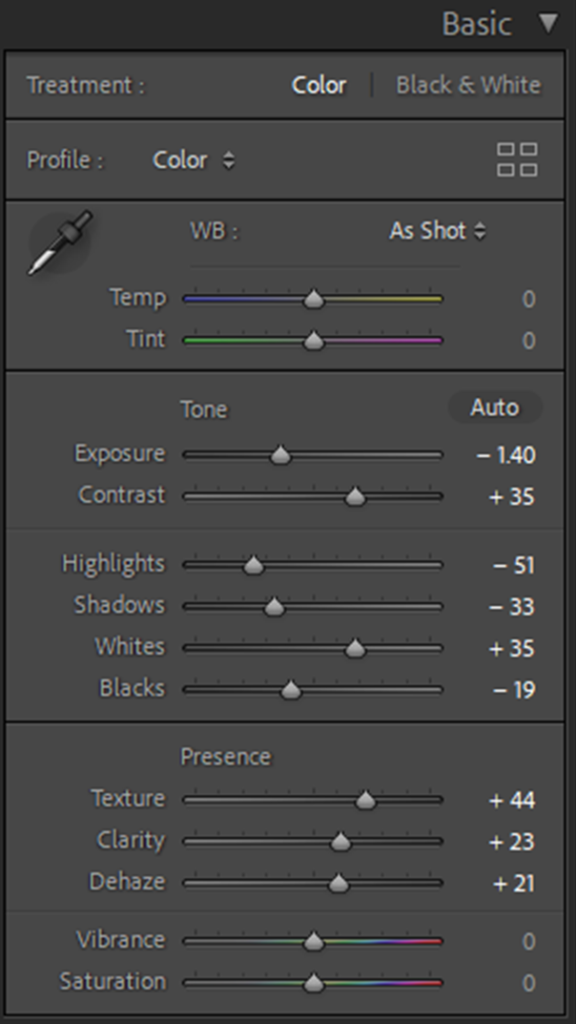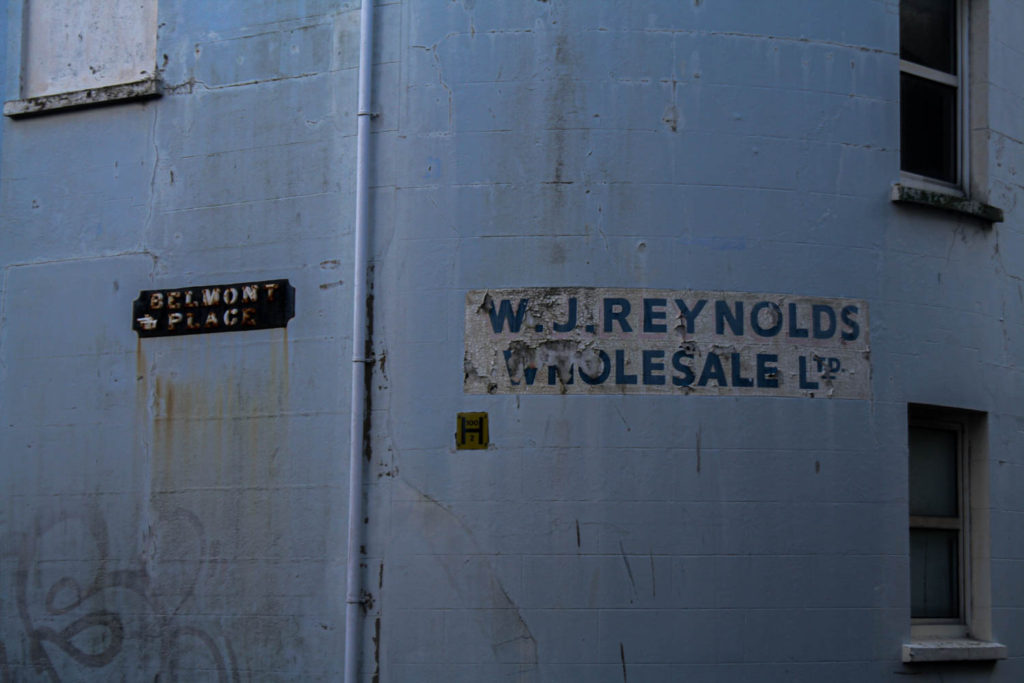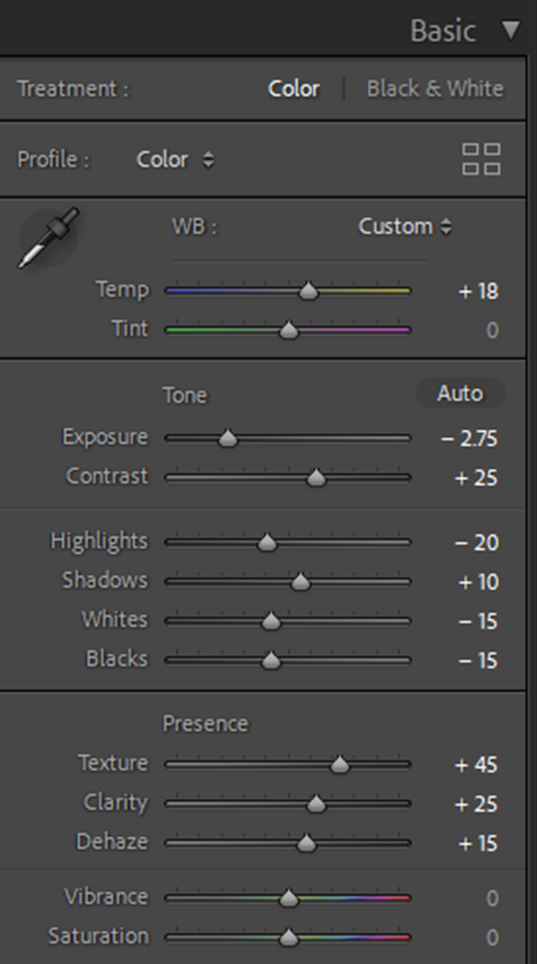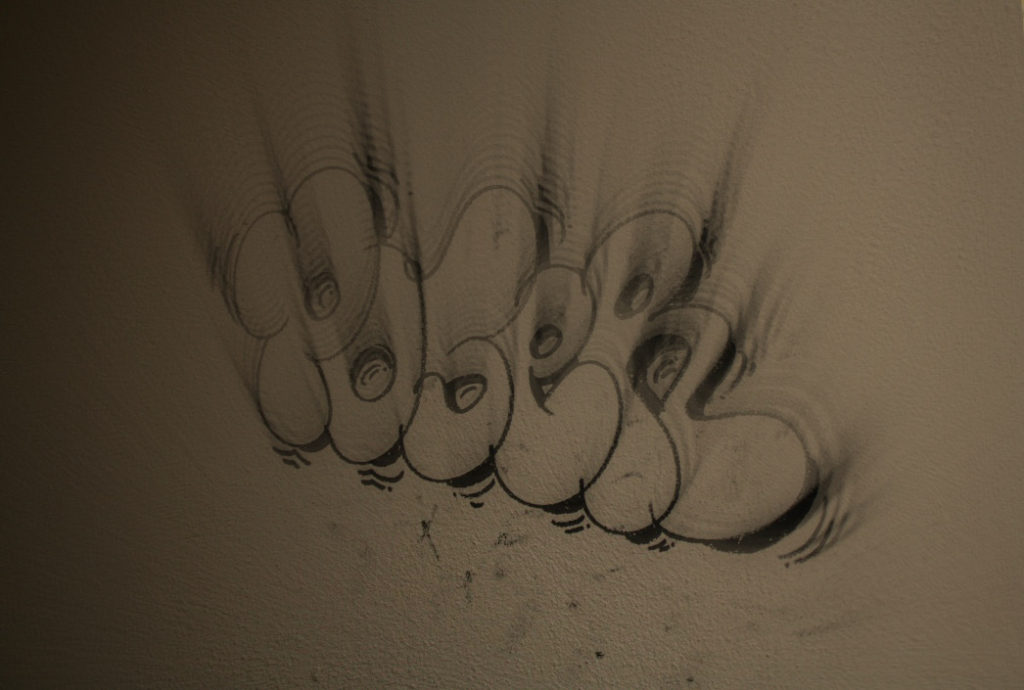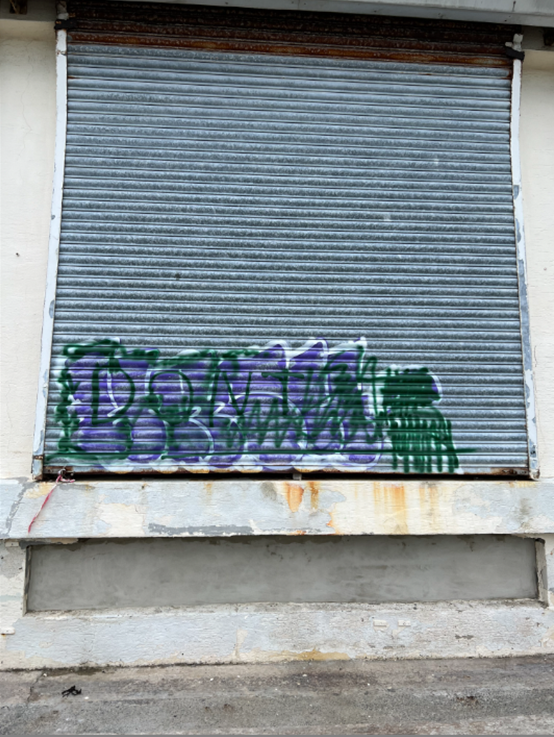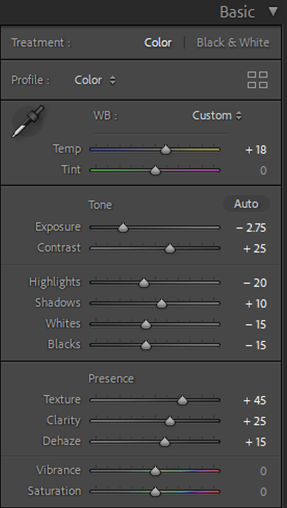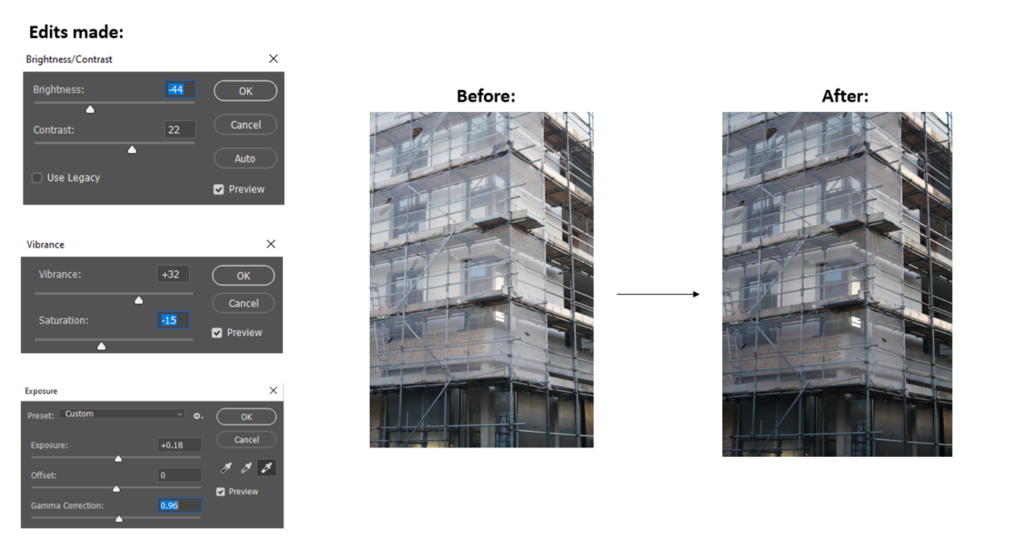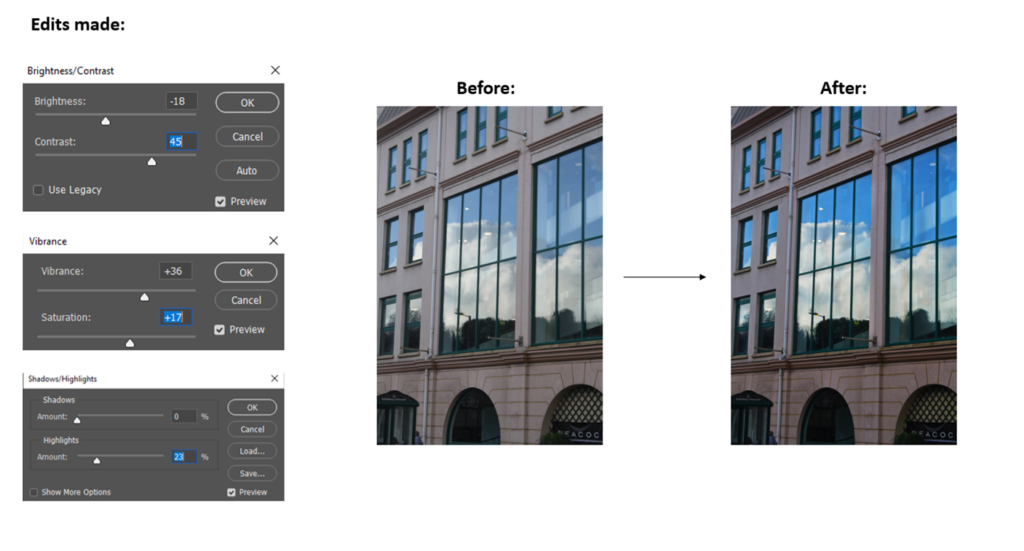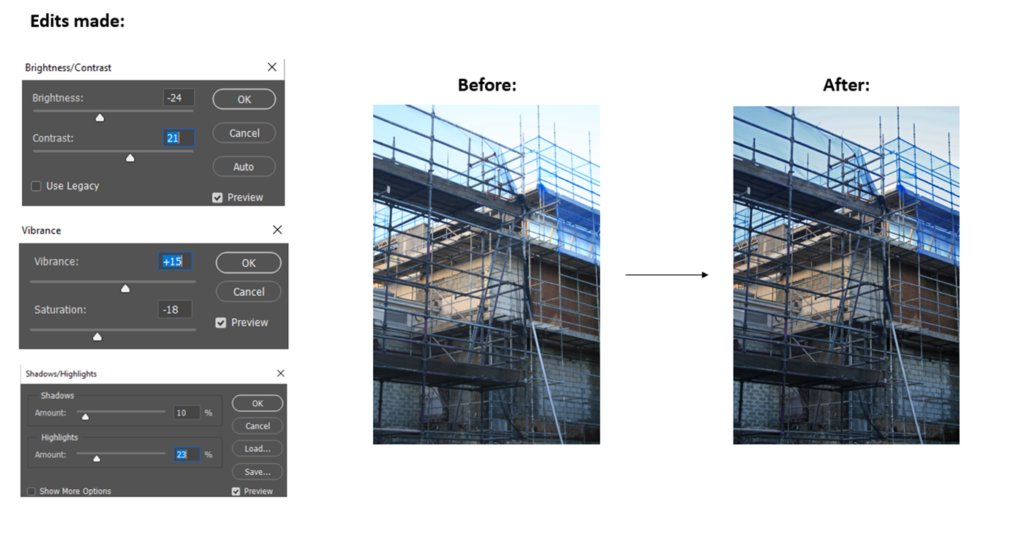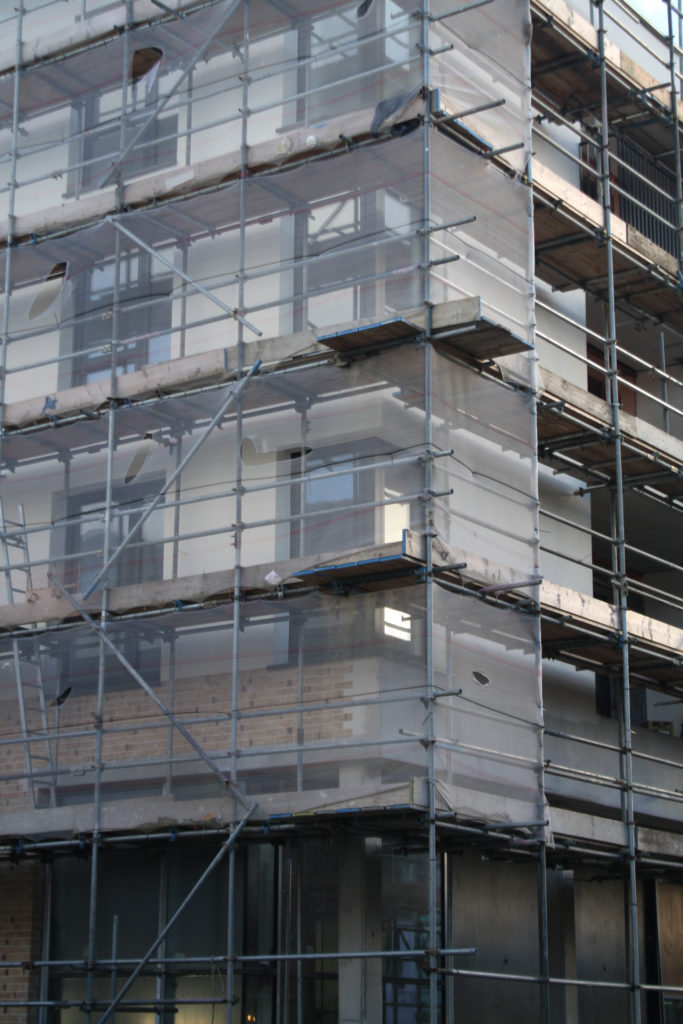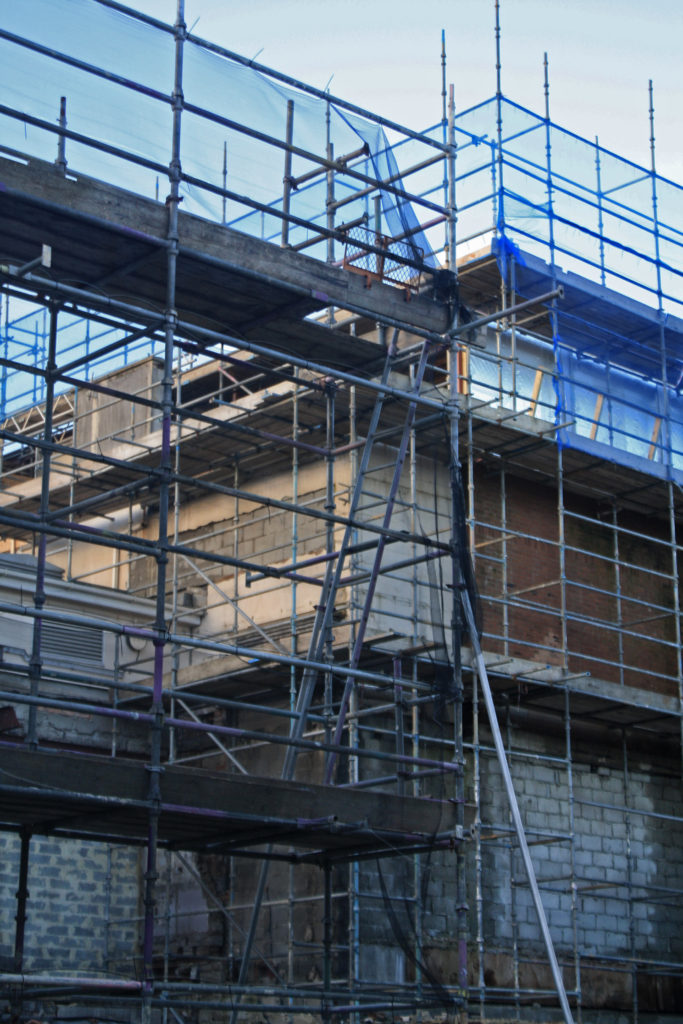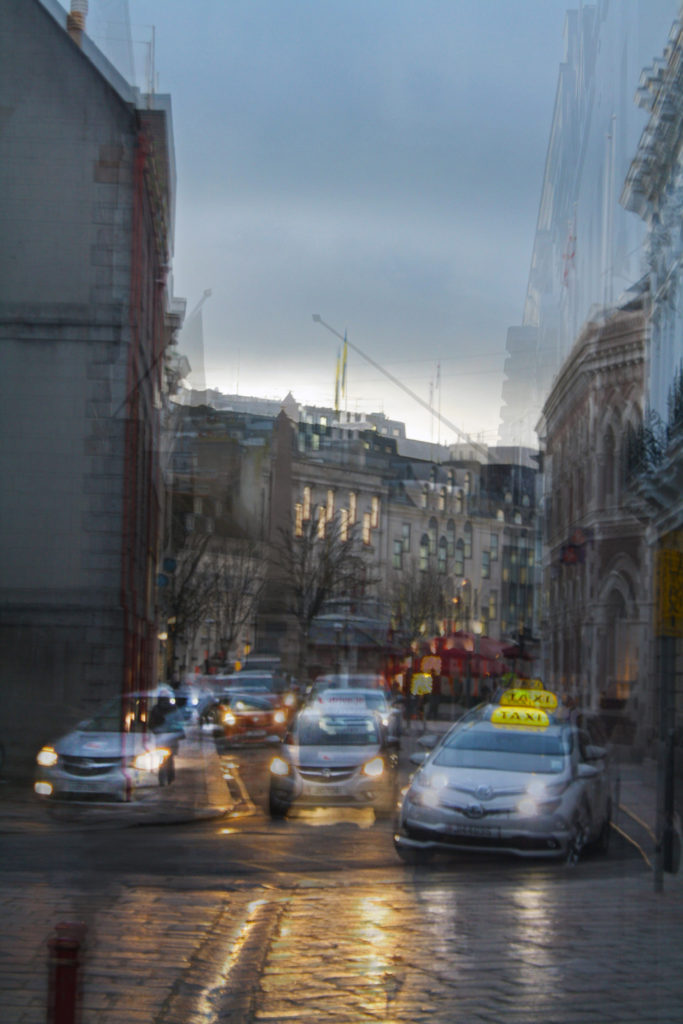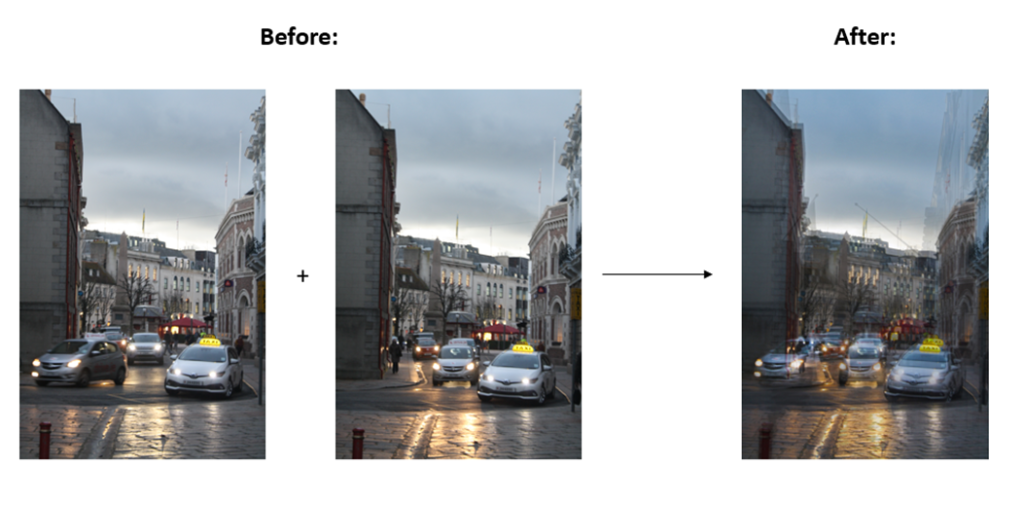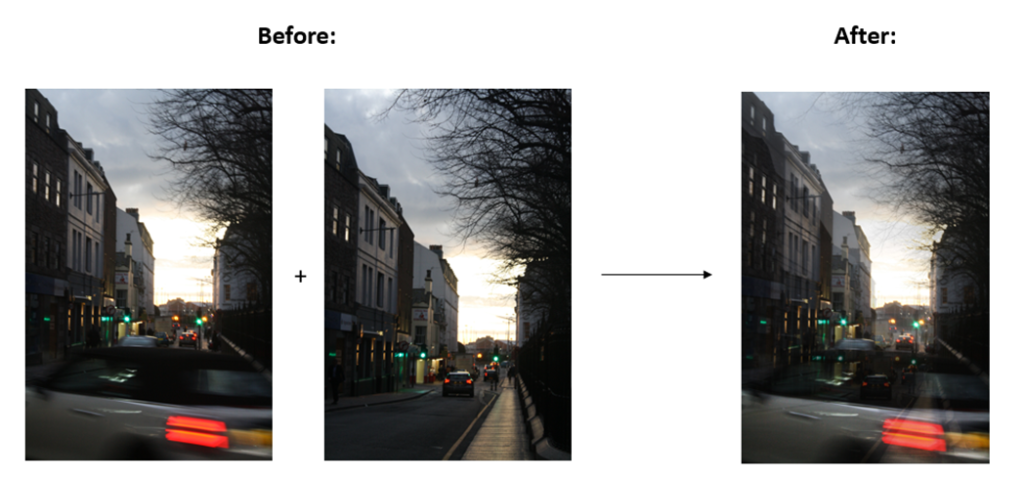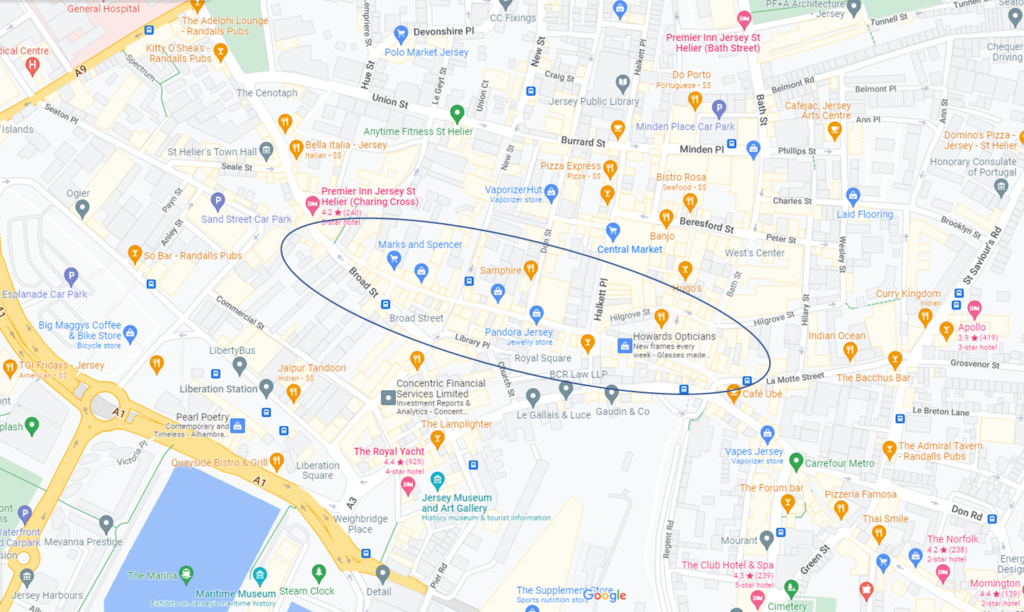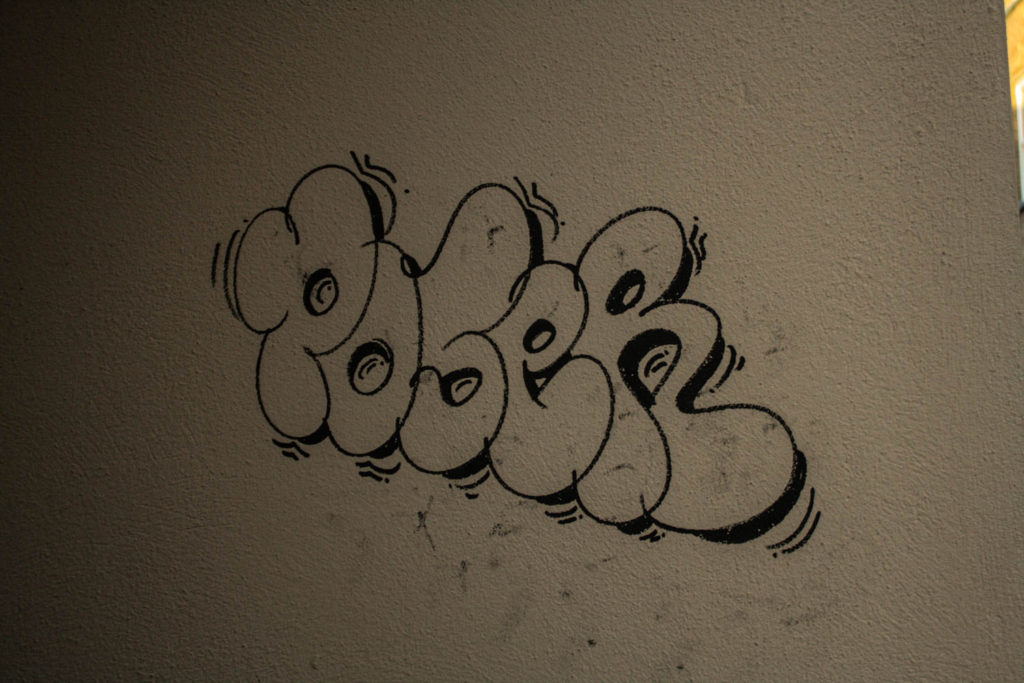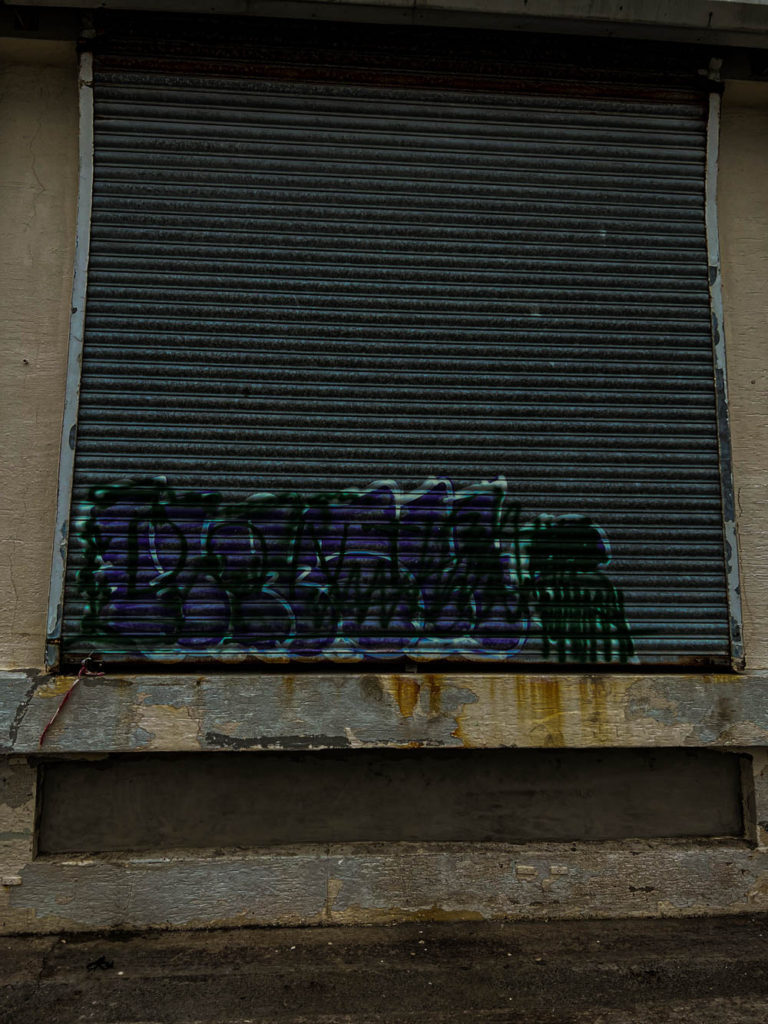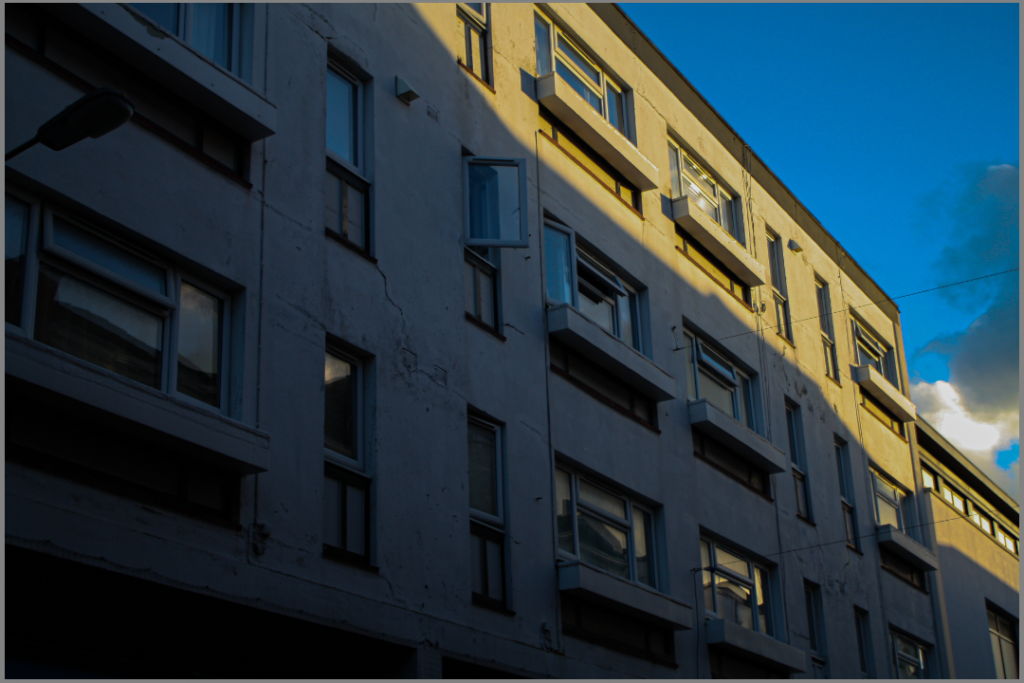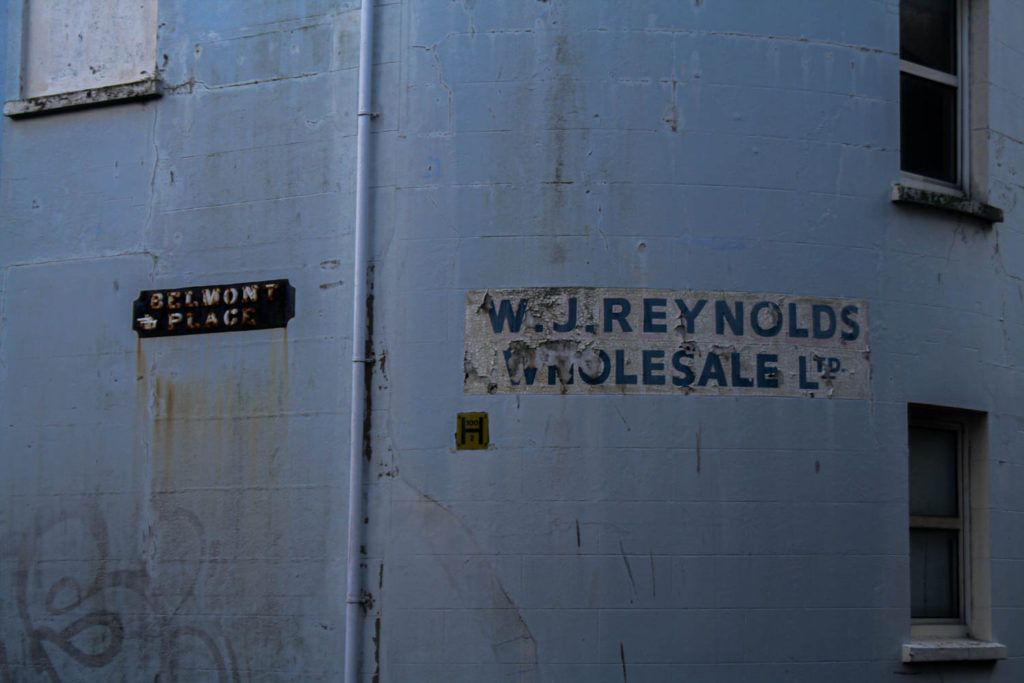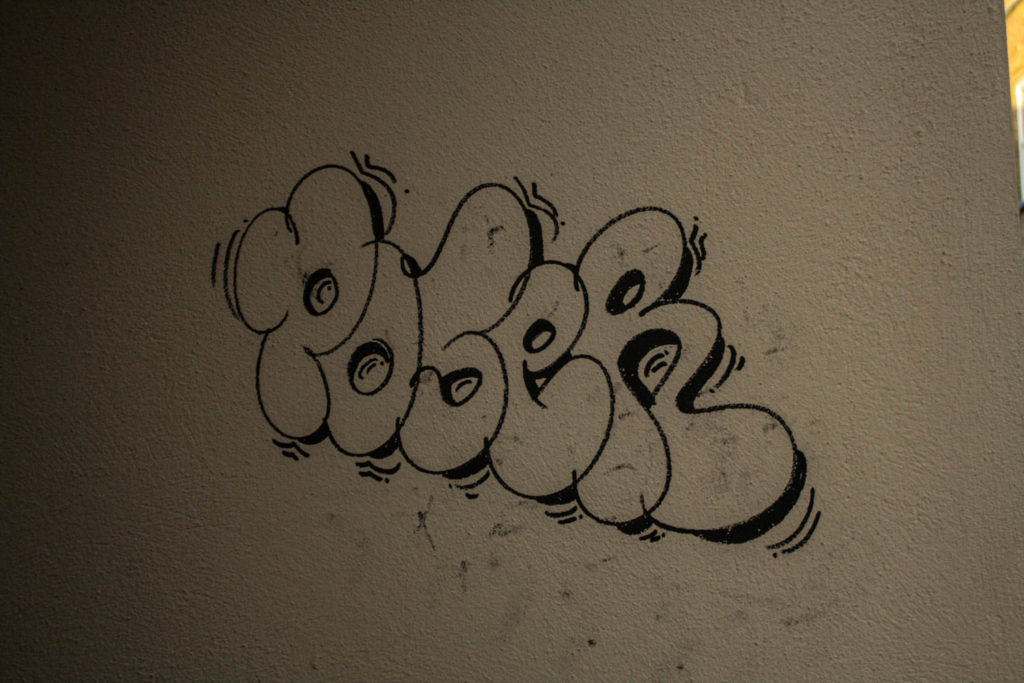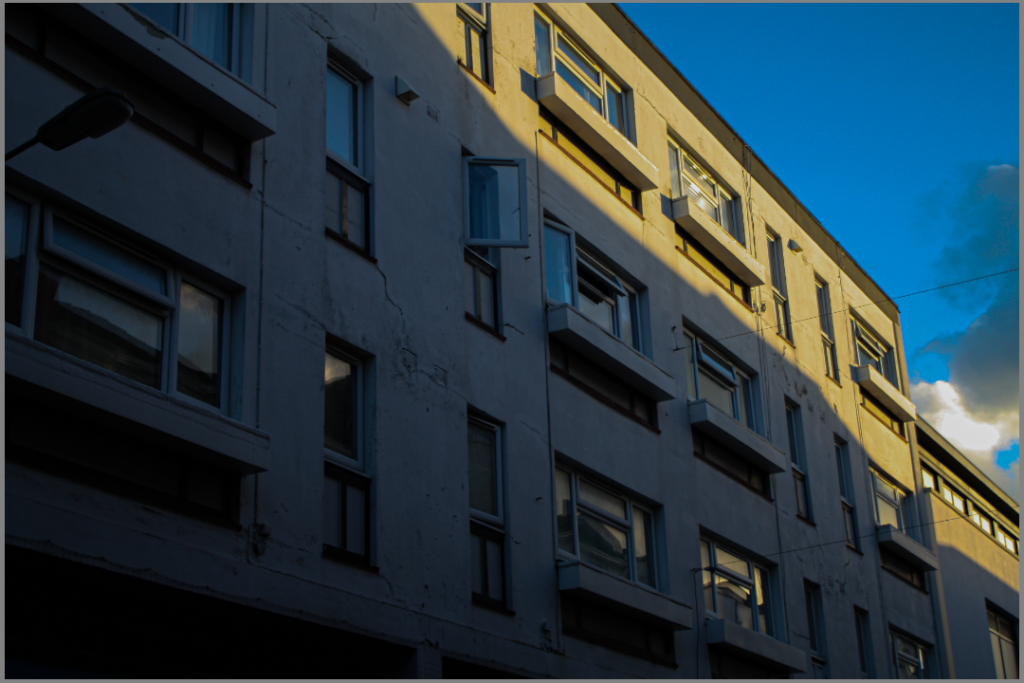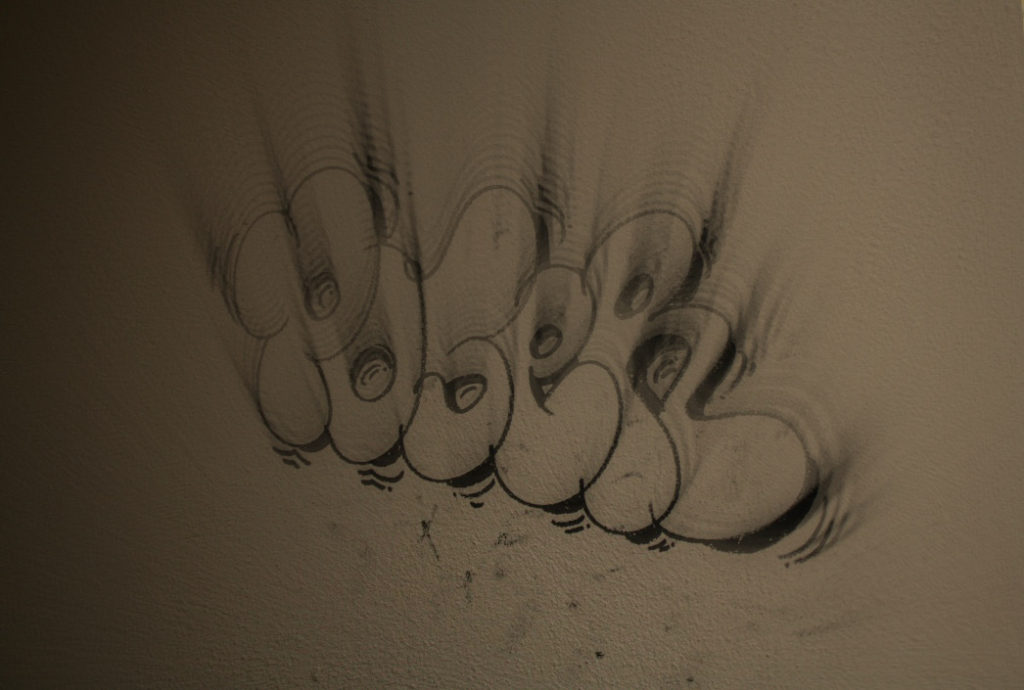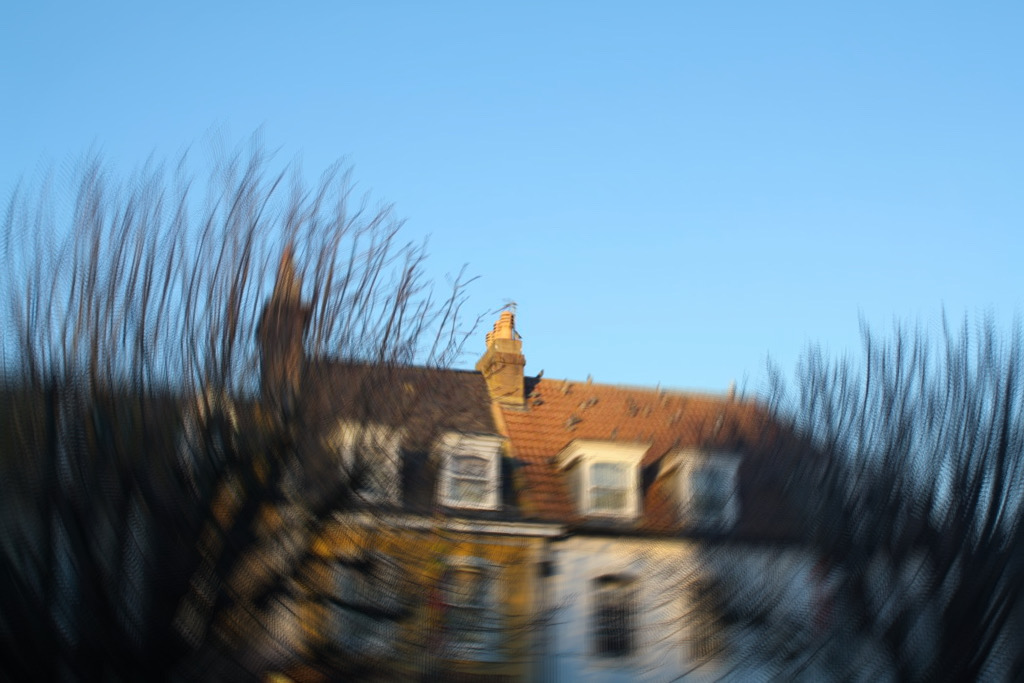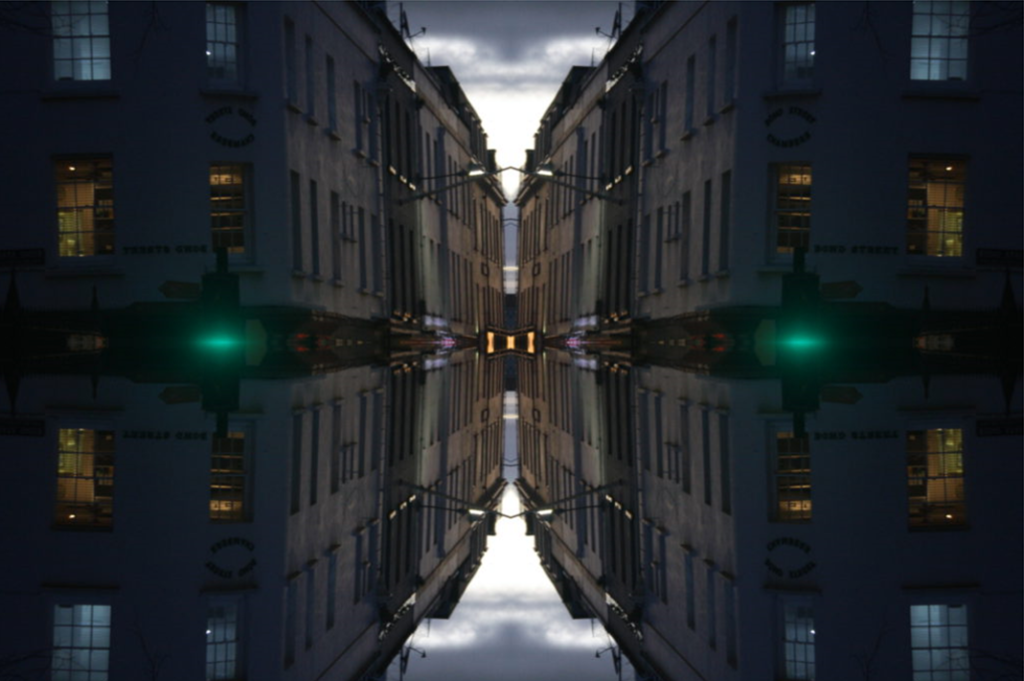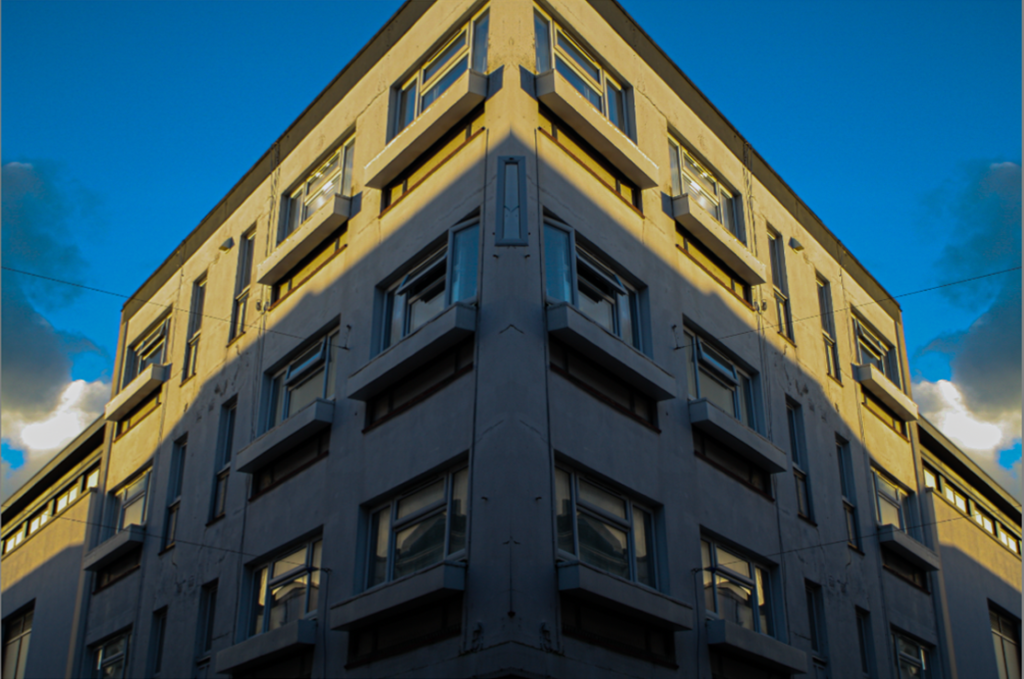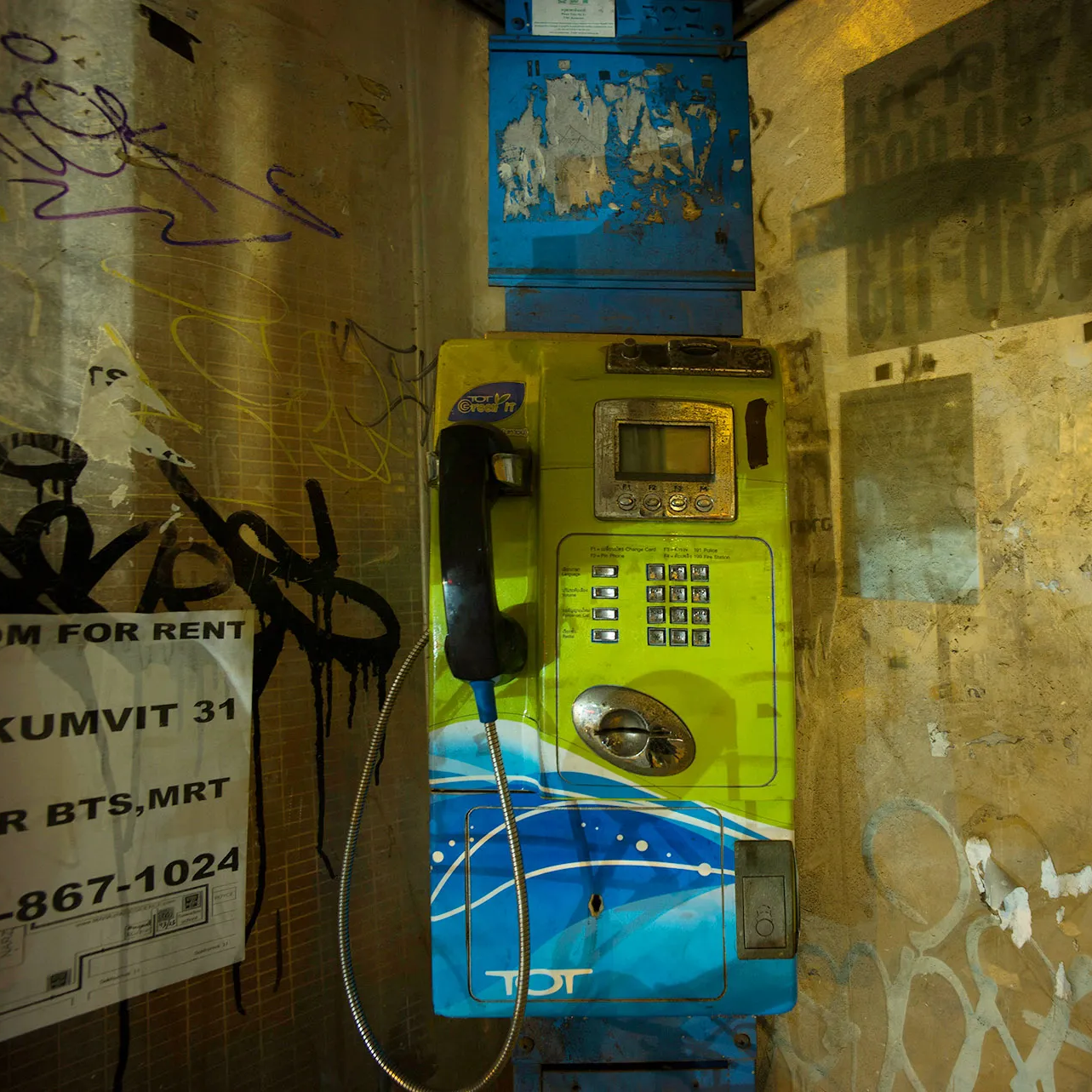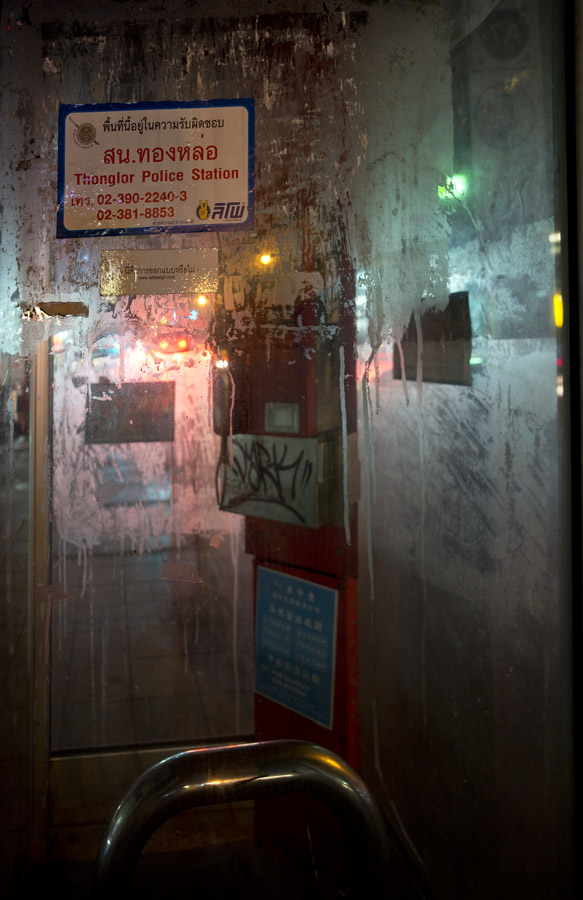My process:
At the start of this project I decided to focus on plastics and un-used items as well as the industrial side of Anthropocene. I think these two things play a big part in how we are damaging our planet and think it is important to make sure people are aware of it. I went to various locations such as Bellozane and power stations and took images of the industrial structures which I thought fit in with the theme. I also went to some beaches and mainly collected different old bottle caps before taking them back home and photographing them laid out on a sheet of black card. I also used some old pencil colours and played them out on the black card as well. For the bottle caps and pencils I was specifically inspired by one artist in reticular. Barry Rosenthal used collected plastics from beaches and photographer them to show viewers his discoveries, I think he is a powerful photographer and uses his work as a way of connecting to people about Anthropocene.
Once I had all of my images I then used Lightroom classic and photoshop to adjust and edit them. Firstly, I used Lightroom to adjust the lighting and exposure making sure that the images were clear. On photoshop, for the inspired images I then filled the background in with black to make the objects stand out more and engage the viewers with my images, as well as crop the images to make sure that the objects were in the centre of the frame to make them as similar to Rosenthal’s as I could. I then used the industrial images for create some edits holding value about Anthropocene. I used a few different ideas, techniques, and tools as can be seen on a previous blog below. I tried to link my edits to Anthropocene as well as my images hoping they carry a meaningful message behind them.
What went well:
Within my project I think there were a few main things that went well for me Firstly, I think that my inspired image connecting to Barry Rosenthal’s came out well. I like how they are very simple and give things that people don’t usually think of such as bottle caps a new purpose as well as it being easy for others to recreate.I think my images look very similar to Rosenthal’s but still have a different showing that they are mine. Secondly, I think that my edits were effective as they each had a different style, whilst still linking to Anthropocene. I like how they are effective and engage the viewer allowing them to see the detail and depth in the images.
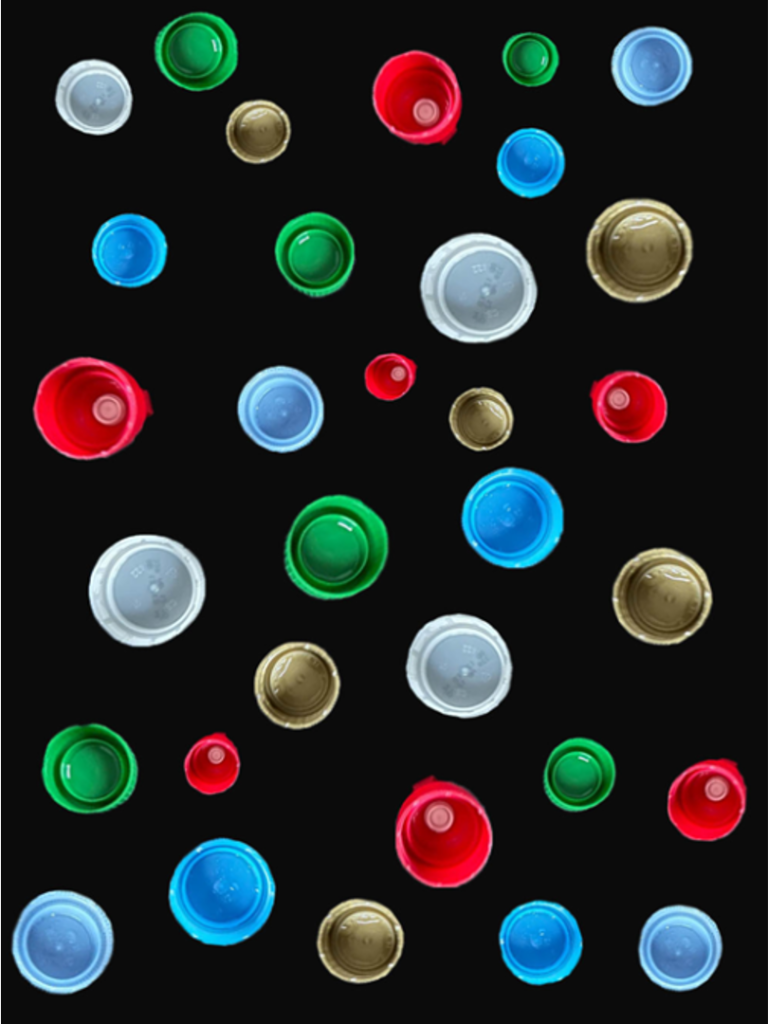
Possible improvements:
As a whole I am please with my project however, there is always things that could be improved. Mainly I think that I could have produced more images as I was very limited with what I had came up with. I think that I could have tried to recreate a few more of Rosenthal’s images as the one I did came out effective, as well as more industrial images. I think that I could have visited a few more different locations from my mind map, on a previous blog, to give myself a wider range of images to work with. I also think that an improvement could have been made with my edits Whilst I had a range of techniques with different meanings behind them I think I could have made some with more detail in them that more obviously relate to the theme of Anthropocene.



